How the U.S. military plans to use HoloLens 2 to gain an edge in warfare
The U.S. military plans to use Microsoft's HoloLens to make U.S. soldiers more efficient, and naturally, not everyone is happy.
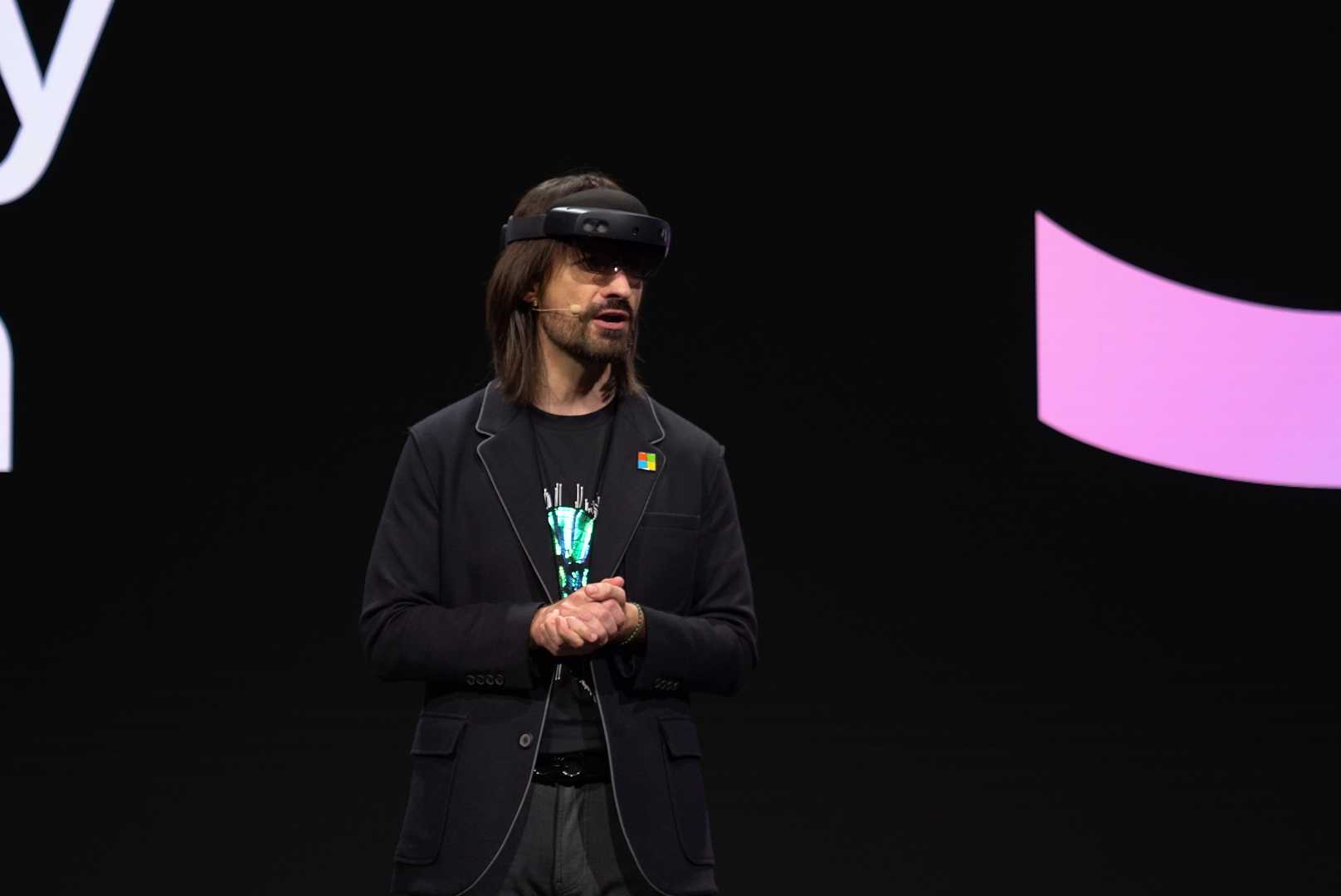
When HoloLens, Microsoft's wearable augmented reality (AR) computer, debuted in 2015, the company demoed practical business applications, immersive games and more.
For the past four years, Microsoft has executed a methodic infrastructure-building deployment of AR computing as a hardware, software and services platform. This has resulted in the legitimization of HoloLens and AR computing as a practical computing solution within many sectors, including the U.S. military.
In 2017, Microsoft partnered with the U.S. military to use HoloLens to create wargame scenarios and provide soldiers with battlefield insights via AR simulations. Other military partnerships include ones with the Israeli military and Royal Australian Air Force, both of which studied how HoloLens could be used for planning and training. The Ukrainian military even tested HoloLens-enhanced helmets. Last year Microsoft won a $480 million contract to provide the U.S. military with custom HoloLenses for use on the battlefield, to make U.S. soldiers more efficient on the battlefield and to improve infantry survival rates.
HoloLens could ensure U.S. 'overmatches' enemies
Microsoft's controversial HoloLens partnership with the U.S. military is meant to address a problem. The disproportionately high rate of infantry squad deaths is the specific problem HoloLens is being procured by the U.S. military to solve. According to Colonel Daniel S. Roper, a retired U.S. officer, firstline forces — soldiers, Marines, and special forces — make up a mere four percent of the military but have accounted for 90-percent of military combat deaths since World War II.
These groups are at high risk because they engage in close combat or "ground combat within line of sight of the enemy (within 600 meters), which is characterized by extreme violence." Additionally, Roper shared that enemy forces have closed the gap in their effectiveness on the battlefield. Thus, the U.S. military's goal is to equip its infantry forces with HoloLens so that they can overmatch the enemy. From Department of Defense memorandum Establishment of the Close Combat Lethality Task Force (CCLTF):
The CCLTF will analyze and provide focused recommendation on Military Department and Military Service efforts to achieve overmatch to ensure infantry squads are never in a fair fight.
HoloLens is meant to support the military's goals to improve close-combat effectiveness and survivability across the six following domains:
- sensing.
- communication.
- maneuvering.
- attack.
- survival.
- sustainability.
The better to kill you with
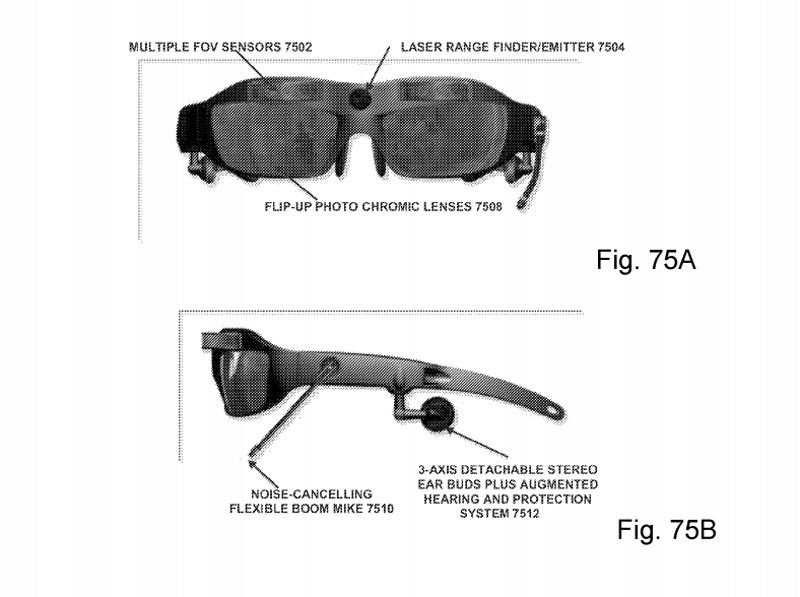
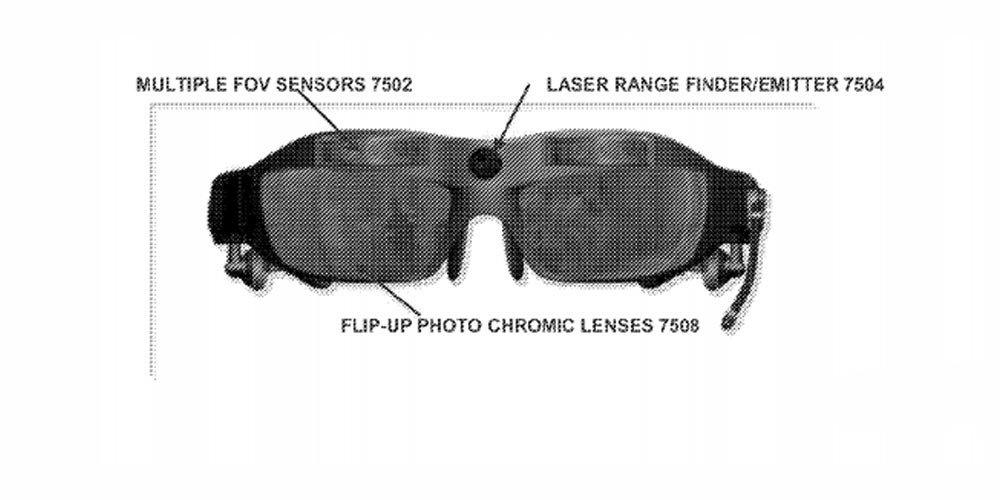
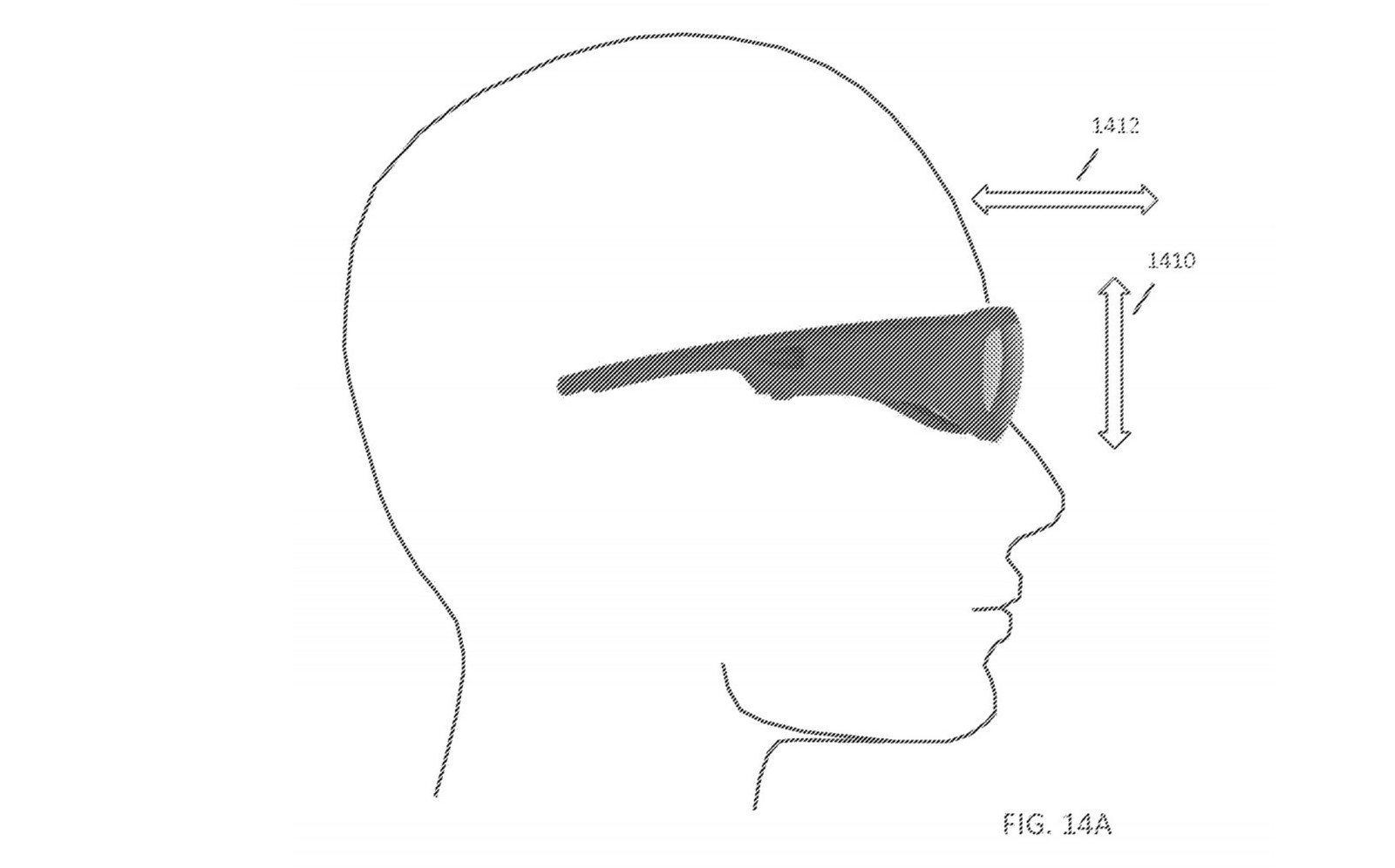
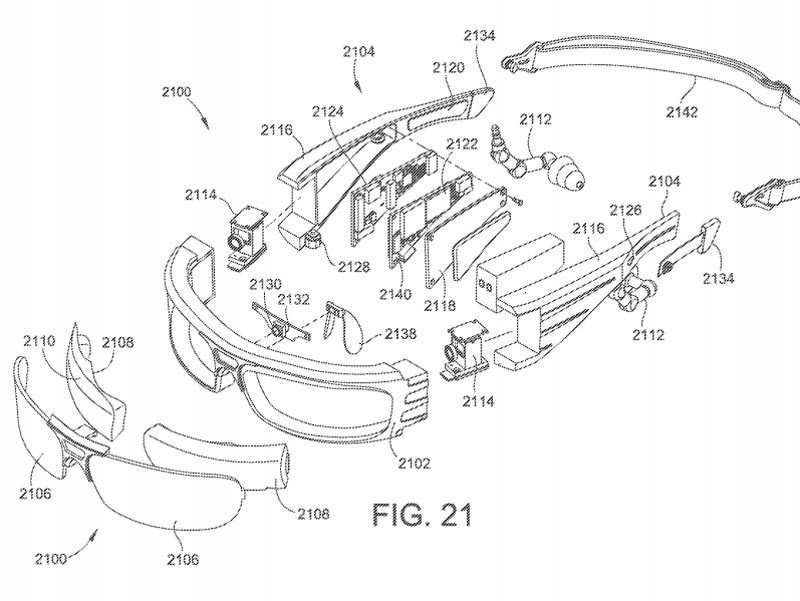
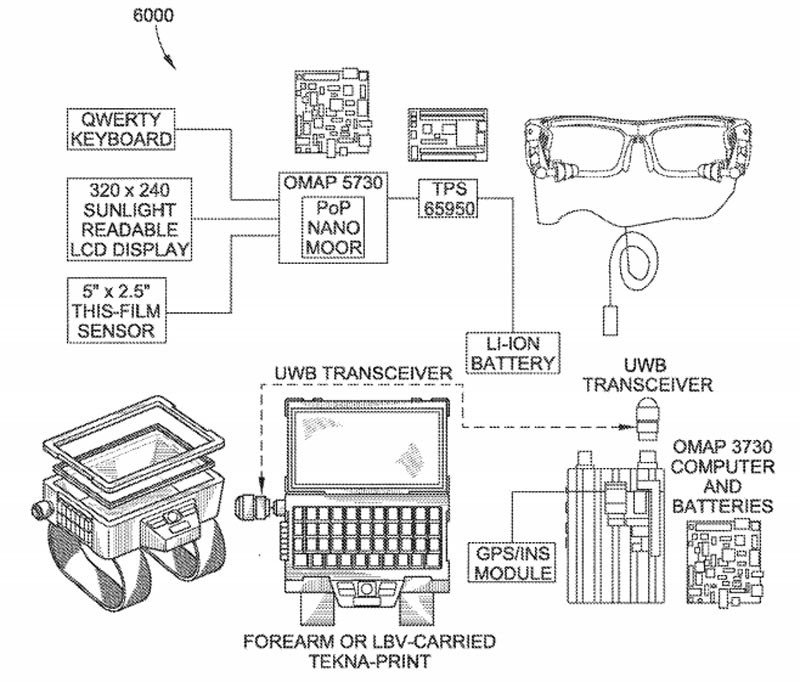
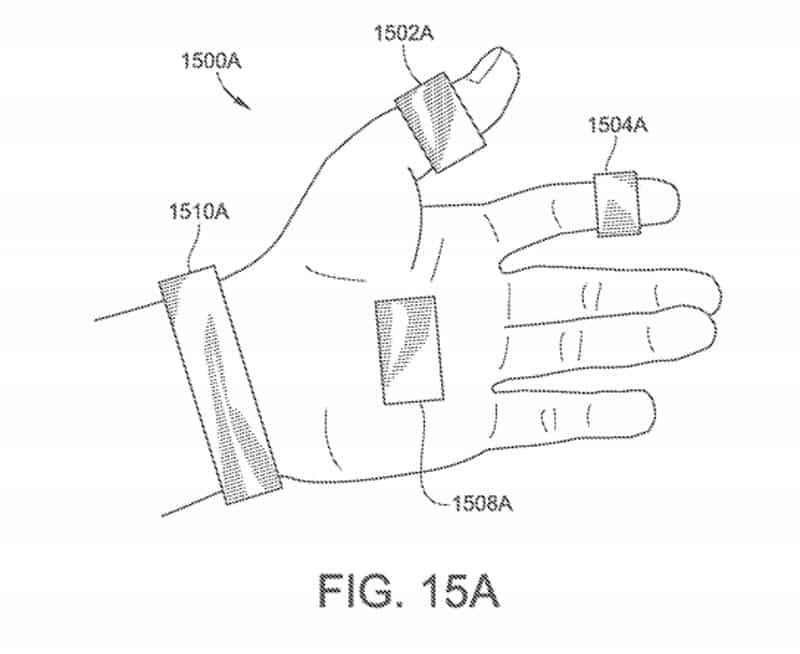
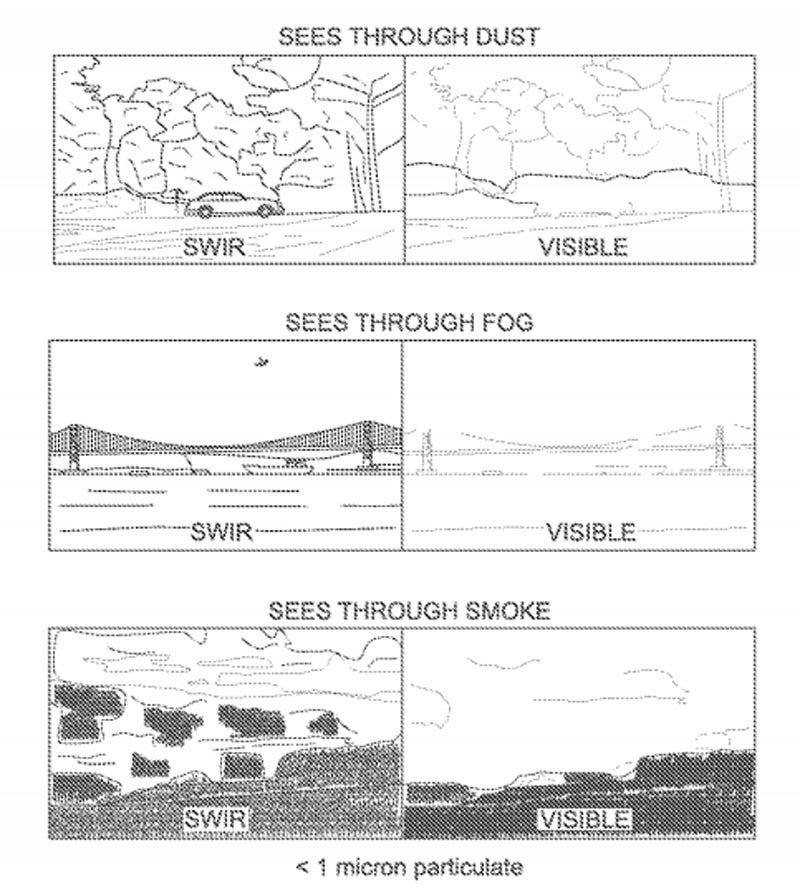
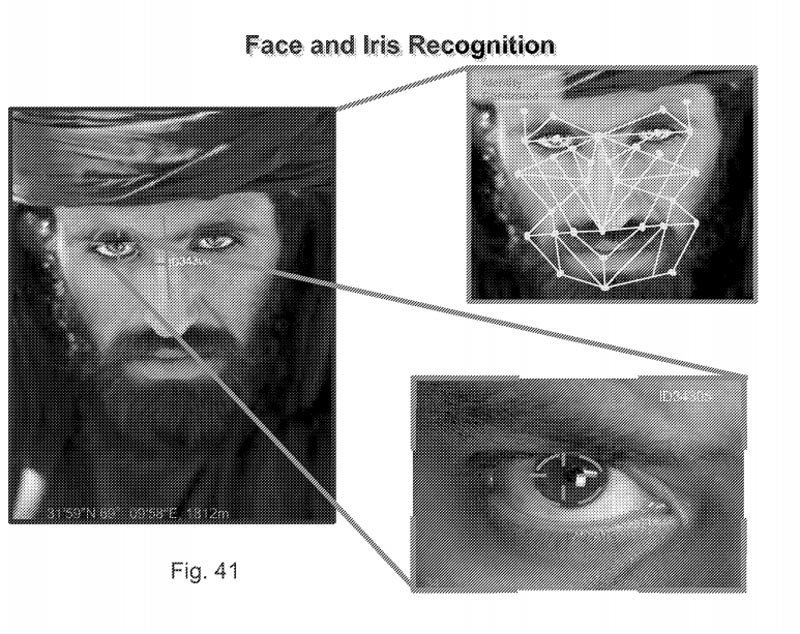



According to (DoD) memorandum, Establishment of the Close Combat Lethality Task Force (CCLTF) the U.S. military plans to use HoloLens (AR) as part of a comprehensive platform to achieve increased lethality on the battlefield. Roper adds:
All the latest news, reviews, and guides for Windows and Xbox diehards.
The ultimate objective of the Integrated Visual Augmentation System (IVAS) (formerly Heads Up Display (HUD) 3.0) program is to rapidly develop, test, and manufacture a single platform that Soldiers can use to Fight, Rehearse, and Train. This platform will provide increased Lethality, Mobility, and Situational Awareness.
A military grade HoloLens is expected to be tailored for close-combat use and, based on capabilities outlined by the Army for contract bidders, may enable a range of "sensory" augmentation capabilities such as:
- allowing soldiers to see through dust, smoke and fog.
- facial recognition.
- lie detection.
- night vision.
- thermal sensing.
- vital-sign reading.
- concussion monitoring.
- hearing protection.
Combined with a network-connected communication system, HoloLens-equipped U.S. troops may indeed outmatch enemy combatants. Ironically, HoloLens creator Alex Kipman often speaks of HoloLens as providing people with "superpowers." These military applications of the tech may be a dark representation of that vision.
Microsoft's CEO defends lethal allegiance
Humanity consistently exhibits a profound aptitude for finding (or forging) a path from using technology to help to using it to harm. Gun powder went from fireworks to ballistic firearms; nuclear power went from energy source to weapon of mass destruction; and HoloLens went from an amazing wearable computer for enterprise and potential future consumer use to enhancing a soldier's ability to kill.
Hundreds of Microsoft employees are backing a move to stop the battlefield applications of AR technology. From that petition:
The application of HoloLens within the [Integrated Visual Augmentation System] is designed to help people kill. It will be deployed on the battlefield and works by turning warfare into a simulated 'video game,' further distancing soldiers from the grim stakes of war and the reality of bloodshed.
Microsoft's CEO, Satya Nadella recently doubled down on the company's partnership with the military, stating in an CNN Business interview:
We had the dialogue…deliberated… and made a principled decision that we're not going to withhold technology from institutions that we have elected in democracies to protect the freedoms we enjoy.
Microsoft CEO Satya Nadella speaks with CNN Business' Samuel Burke about Brexit, China and why the company remains committed to mixed reality. https://t.co/0mUUT9qPb6 pic.twitter.com/jBLBcLlvBJMicrosoft CEO Satya Nadella speaks with CNN Business' Samuel Burke about Brexit, China and why the company remains committed to mixed reality. https://t.co/0mUUT9qPb6 pic.twitter.com/jBLBcLlvBJ— CNN Business (@CNNBusiness) February 25, 2019February 25, 2019
This echoes Roper's stance:
The United States must do everything feasible to minimize the blood spilled by its front-line warriors fulfilling their indispensable role in defense of the nation.
The reality that the freedoms enjoyed in a democracy are often maintained by the high cost of war is a sad and difficult truth. Reconciling that truth with what technology should and shouldn't be used for in warfare, what responsibilities companies have, leaves much to be discussed.
Do you believe HoloLens should be used on the battlefield? Chime-in in the comments.

Jason L Ward is a Former Columnist at Windows Central. He provided a unique big picture analysis of the complex world of Microsoft. Jason takes the small clues and gives you an insightful big picture perspective through storytelling that you won't find *anywhere* else. Seriously, this dude thinks outside the box. Follow him on Twitter at @JLTechWord. He's doing the "write" thing!

